Allelochemicals
Introduction
Allelochemicals are biochemical compounds produced by plants, bacteria, viruses, and fungi that influence the growth, survival, and reproduction of other organisms. These compounds are a subset of secondary metabolites, which are not directly involved in the normal growth, development, or reproduction of an organism. Instead, they provide an 'ecological advantage' to the producing organism, often by inhibiting the growth of neighboring competing species, a phenomenon known as allelopathylearn more.
Types of Allelochemicals
Allelochemicals can be classified into four main categories: terpenoids, phenolics, alkaloids, and glucosinolates.
Terpenoids
Terpenoids, also known as isoprenoids, are a large and diverse class of naturally occurring organic chemicals derived from five-carbon isoprene units. They are often strongly aromatic and serve protective roles in the plant. Some terpenoids such as artemisinin, produced by the sweet wormwood plant, have been found to have potent allelopathic effects.
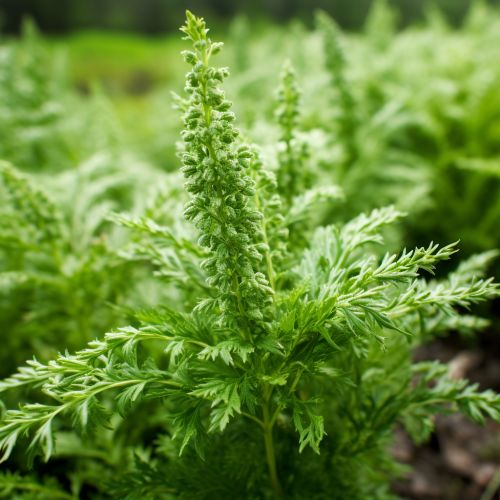
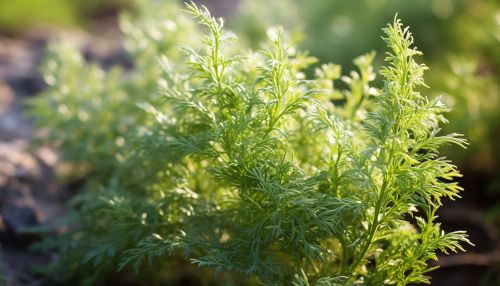
Phenolics
Phenolic compounds are a class of chemical compounds consisting of a hydroxyl group (-OH) directly attached to an aromatic hydrocarbon group. They are widely distributed in the plant kingdom and are involved in defense against ultraviolet radiation or aggression by pathogens, parasites, and predators. Some phenolic compounds such as tannins and flavonoids have been found to exhibit allelopathic properties.

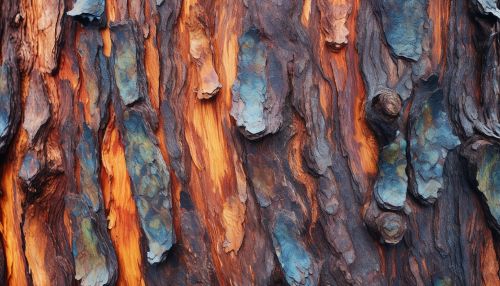
Alkaloids
Alkaloids are a group of naturally occurring chemical compounds that mostly contain basic nitrogen atoms. They have a wide range of pharmacological effects and are found in many plants, often serving as a natural defense mechanism against predation. Some alkaloids such as nicotine and caffeine exhibit allelopathic effects.

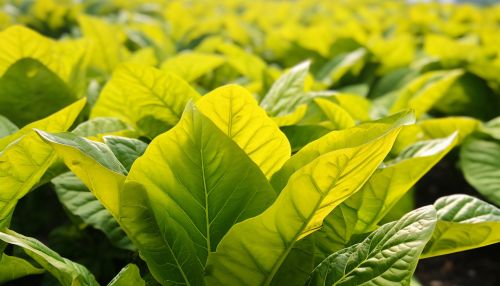
Glucosinolates
Glucosinolates are sulfur-containing compounds found in plants of the family Brassicaceae. They are hydrolyzed by the enzyme myrosinase into isothiocyanates, nitriles, and other compounds that are toxic to many organisms, thus exhibiting allelopathic effects.

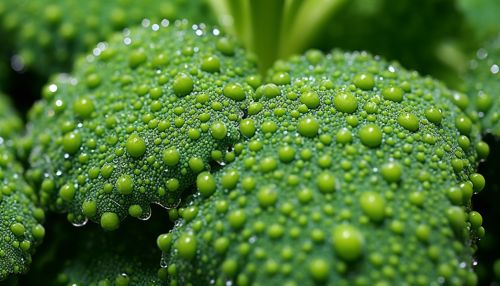
Mechanisms of Action
Allelochemicals can affect other organisms through various mechanisms. They can inhibit seed germination, disrupt cellular processes, interfere with nutrient uptake, or affect the microbial community in the soil.
Inhibition of Seed Germination
Some allelochemicals can inhibit the germination of seeds, thus reducing the number of potential competitors for resources. For example, the allelochemicals produced by the black walnut tree (Juglans nigra) can inhibit the germination of many other plant species.
Disruption of Cellular Processes
Allelochemicals can disrupt various cellular processes in other organisms. For instance, some allelochemicals can inhibit the activity of enzymes, disrupt membrane function, or interfere with DNA replication and protein synthesis.
Interference with Nutrient Uptake
Some allelochemicals can interfere with the uptake of essential nutrients by other organisms. For example, the allelochemicals produced by the spotted knapweed (Centaurea maculosa) can inhibit the uptake of water and nutrients by neighboring plants.
Effect on Soil Microbial Community
Allelochemicals can also affect the microbial community in the soil, which in turn can influence the growth and survival of other organisms. For example, the allelochemicals produced by the leaf litter of the eucalyptus tree can alter the composition of the soil microbial community, affecting the decomposition process and nutrient cycling.
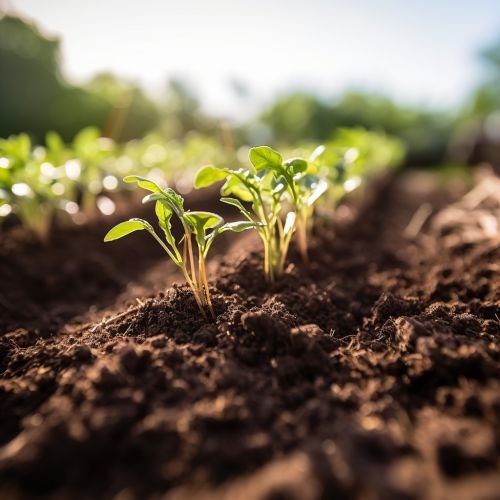

Ecological Role and Applications
Allelochemicals play a significant role in plant ecology, including plant succession and the formation of plant communities. They can also have practical applications in agriculture and horticulture.
Ecological Role
In nature, allelochemicals can influence the structure and composition of plant communities. They can affect plant succession, the process by which the structure of a biological community evolves over time. For example, certain pioneer species, the first to colonize previously disrupted or damaged ecosystems, can produce allelochemicals that inhibit the growth of later-successional species, thus influencing the succession process.
Applications in Agriculture and Horticulture
The allelopathic properties of certain plants can be utilized in agriculture and horticulture to control weeds and pests. For example, the use of cover crops that produce allelochemicals can suppress weed growth, reducing the need for synthetic herbicides. Similarly, certain plants can be used as companion plants to deter pests from crops.
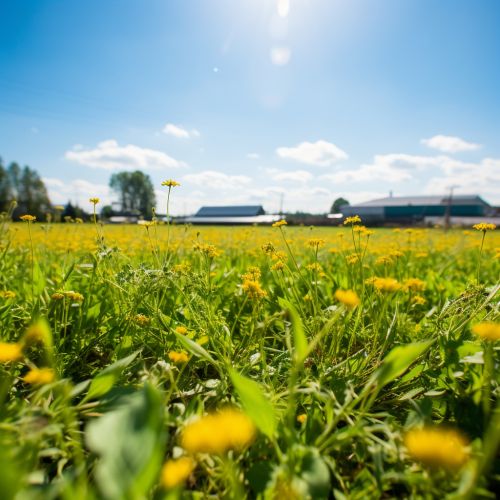
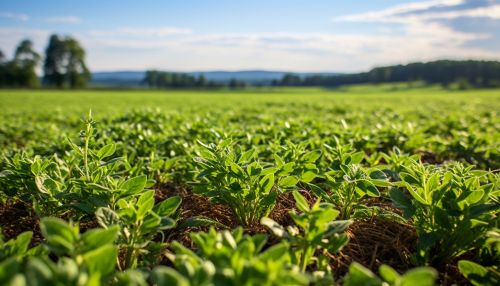
See Also
References
1. Rice, E.L. (1984). Allelopathy. Academic Press, Orlando, FL. 2. Willis, R.J. (2007). The history of allelopathy. Springer, Dordrecht, The Netherlands. 3. Inderjit, & Duke, S.O. (2003). Ecophysiological aspects of allelopathy. Planta, 217(4), 529-539.
